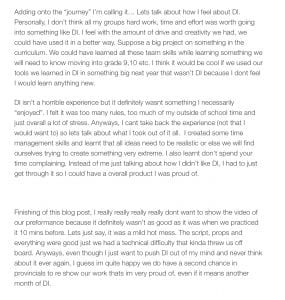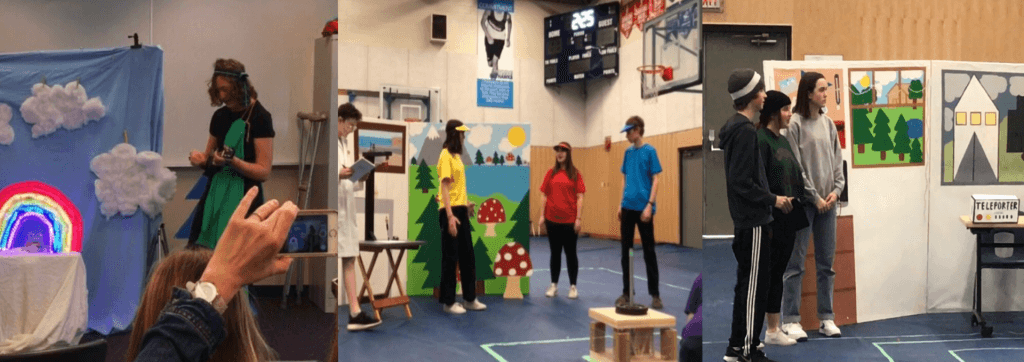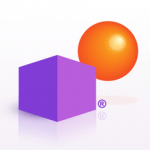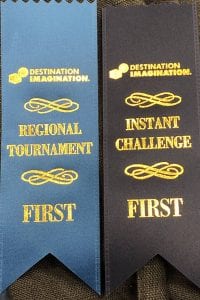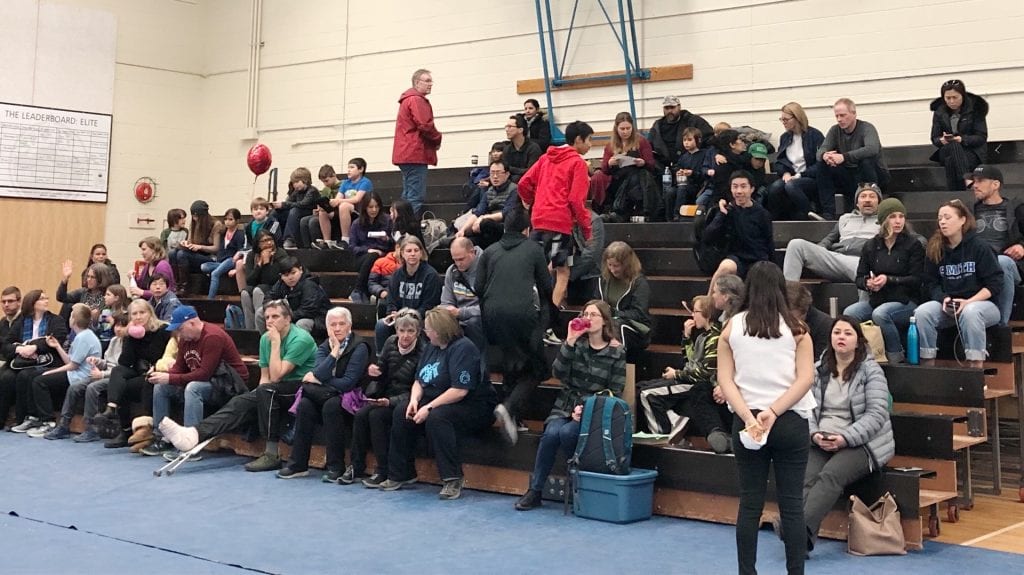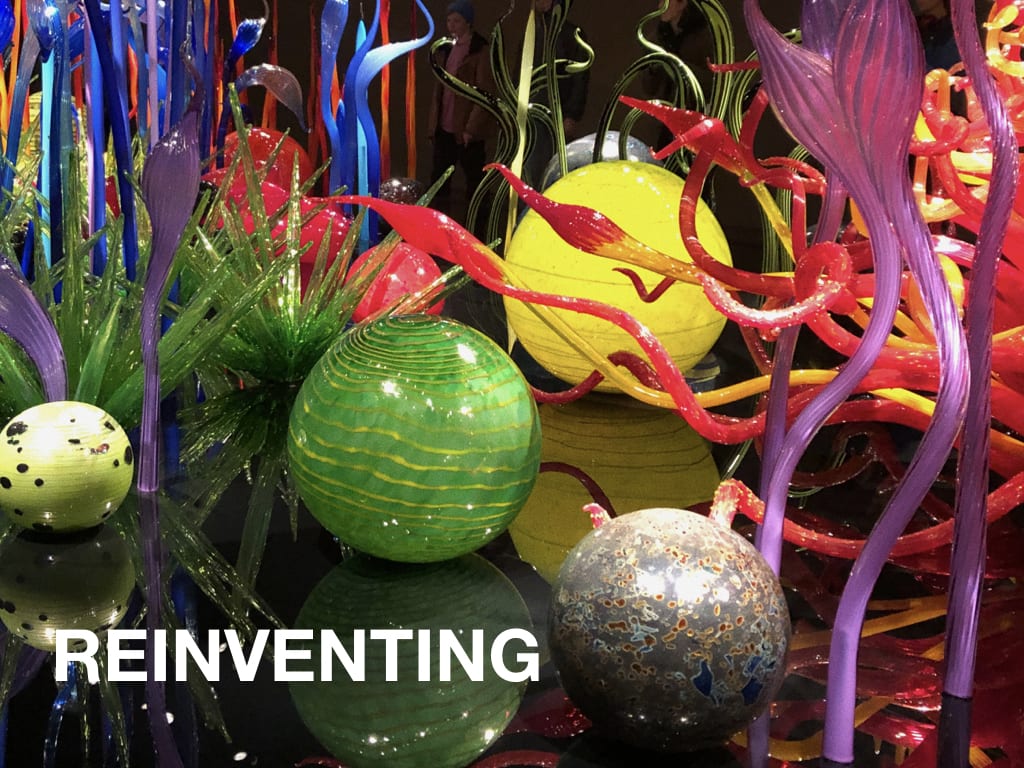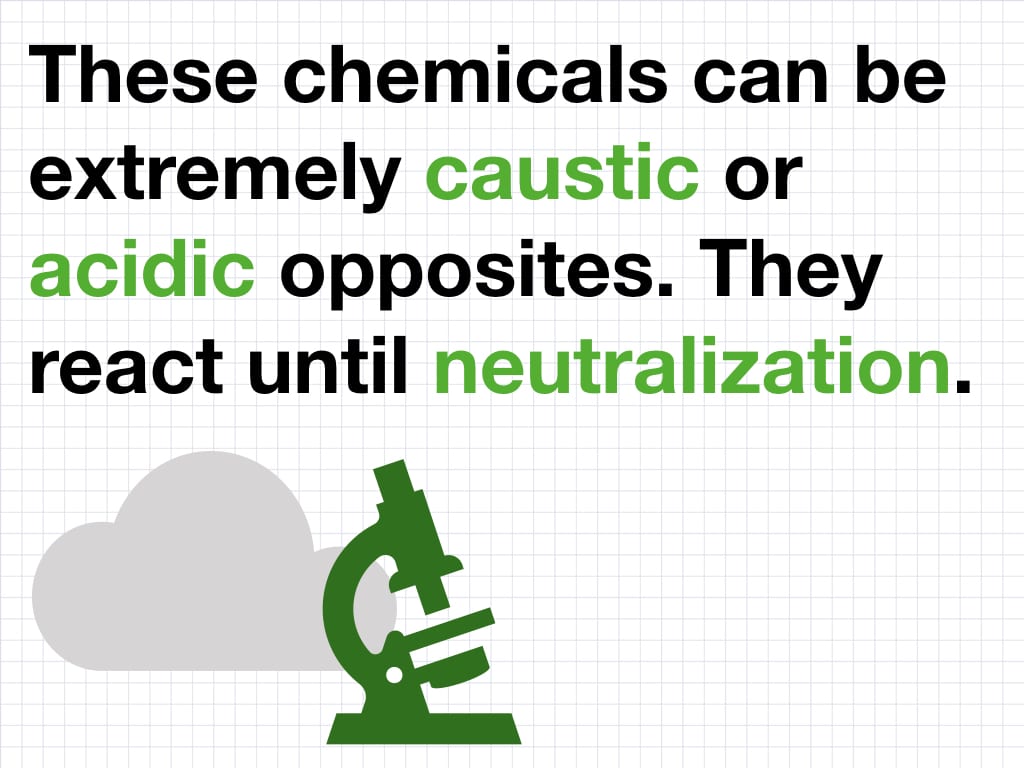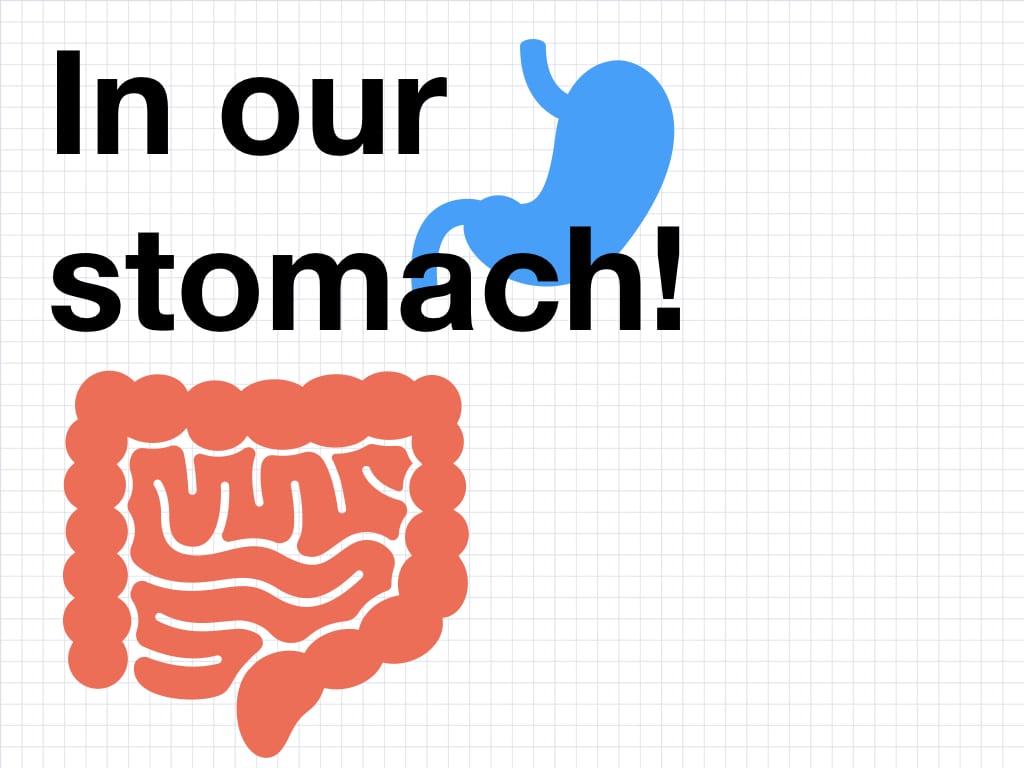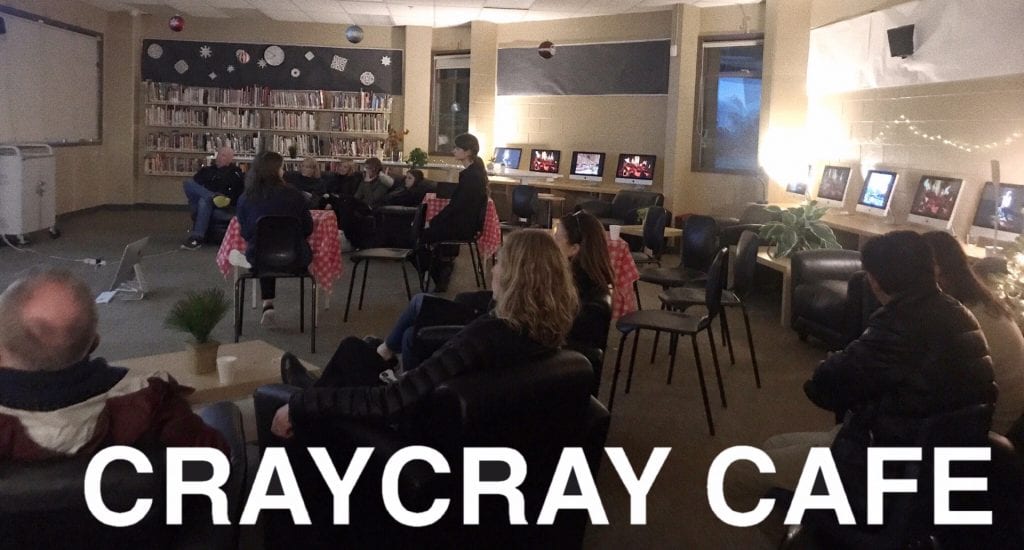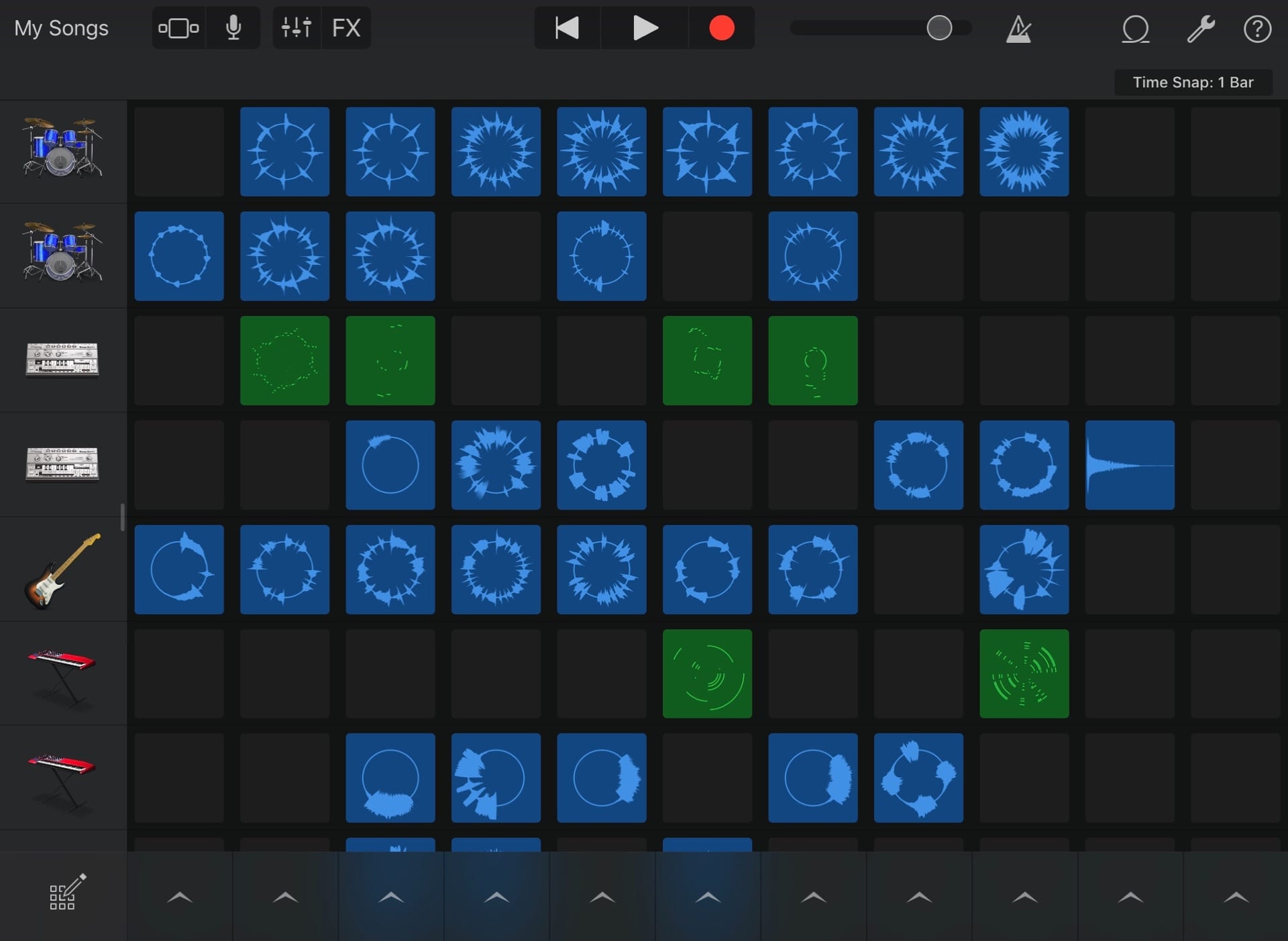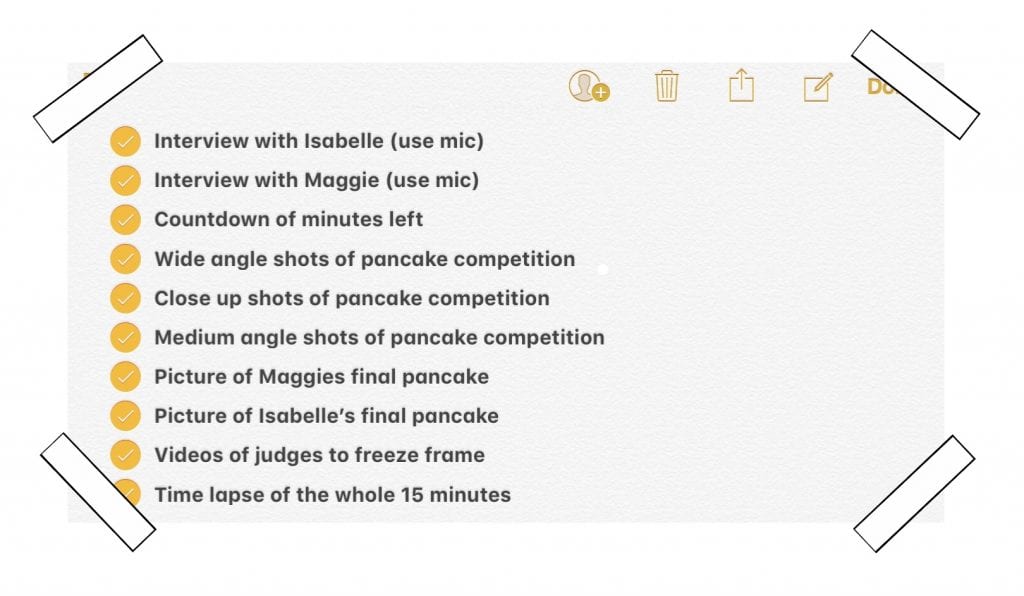Job Shadow Time!
 Ah my time has come for the classic job shadow project! I took part in this a few weeks ago. When I was first assigned a job shadow I instantly thought of what I wanted to do. Job shadow a photographer! This is a job I think about often for my future, but never know if I actually want to pursue it. This comes from fear of doing a job that isn’t a basic job like a doctor, teacher, engineer, etc. Being a photographer often comes along with running mostly everything yourself which is the opposite normal jobs, where you have people working for you or you’re working for people.So, I contacted Sherri Koop! Sherri is a Portrait Photographer who gets hired to take pictures of families, events, and individual headshots. I have always wanted to see what a day in the life as a photographer is, so I was really excited to do this. Here is some of her work.
Ah my time has come for the classic job shadow project! I took part in this a few weeks ago. When I was first assigned a job shadow I instantly thought of what I wanted to do. Job shadow a photographer! This is a job I think about often for my future, but never know if I actually want to pursue it. This comes from fear of doing a job that isn’t a basic job like a doctor, teacher, engineer, etc. Being a photographer often comes along with running mostly everything yourself which is the opposite normal jobs, where you have people working for you or you’re working for people.So, I contacted Sherri Koop! Sherri is a Portrait Photographer who gets hired to take pictures of families, events, and individual headshots. I have always wanted to see what a day in the life as a photographer is, so I was really excited to do this. Here is some of her work.

I personally love taking photos of people, so Sherri has always been a strong inspiration for me and my photography. Sherri has taken many photos of my family and I though out the years and I have always wondered how she gets amazing photos every time, so I knew I had to do her for the job shadow.
THE DAY!
 After contacting and talking with Sherri, she let me know we were doing a shoot with the lovely ladies and gentlemen that work with Selema Noon! I was excited but nervous as we all know I get scared of talking to new people, but it was all good once we were there. Sherri took photos from 9:30-12:00, and I had the job of holding the reflector. A lot of the time using a reflector isn’t necessary if the lighting is good, but this day the sun was out so I was basically a sun blocker! It felt nice having a small job to do, and it also meant I was standing basically in the photo hearing everything Sherri was directing people to do, and seeing how she does her job.
After contacting and talking with Sherri, she let me know we were doing a shoot with the lovely ladies and gentlemen that work with Selema Noon! I was excited but nervous as we all know I get scared of talking to new people, but it was all good once we were there. Sherri took photos from 9:30-12:00, and I had the job of holding the reflector. A lot of the time using a reflector isn’t necessary if the lighting is good, but this day the sun was out so I was basically a sun blocker! It felt nice having a small job to do, and it also meant I was standing basically in the photo hearing everything Sherri was directing people to do, and seeing how she does her job.
I genuinely enjoyed every minute of it and tried to soak up as information as I could!
WHAT DID I LEARN?
 I was really interested prior to the shoot on how Sherri directs the people in the photos. Every. Single. Photo. That Ive seen of Sherri’s, the people look beautiful. No matter age, hair color, clothing they are wearing, or gender, everyone looks amazing in her pictures. This is really important as people are paying her for photos, and they should like how they look in them. So, I payed attention to the details. I noticed that things like the slightest lean forward, or opening of the eyes makes or breaks a photo. Small things like that are so important!
I was really interested prior to the shoot on how Sherri directs the people in the photos. Every. Single. Photo. That Ive seen of Sherri’s, the people look beautiful. No matter age, hair color, clothing they are wearing, or gender, everyone looks amazing in her pictures. This is really important as people are paying her for photos, and they should like how they look in them. So, I payed attention to the details. I noticed that things like the slightest lean forward, or opening of the eyes makes or breaks a photo. Small things like that are so important!
A big thing that Sherri taught me is that photography isn’t just about charging a cost for the photo, its also for the time connected to taking and editing it, and what they are going to use the photos for. There is so much stuff behind the cost and usages of photos, it blew my mind. I never thought about this as you just assume costs are for someone actually taking the photo, but that’s only one part of it.
I also payed attention to how long and how she got through such a large group of people. I thought taking a good photo of one person would take a while, but she had a strategic way of getting through over like 10 people in under 3 hours! Amazing.
SHERRIS POV
I asked Sherri some questions about being a photographer, and here are her answers.
Q: What classes/schools/programs did you take that helped you get where you are now?
A: This is not a simple answer! My interest in photography began in elementary school and then kick-started when I took a photography class in high school.  From there, my post secondary education took me in the direction of music. Once I landed my first “real job” I started night classes to become an accountant, thinking this would provide me with the most stable future. Fast forward many years, I was working in senior management in telecommunications and enrolled in the Langara Professional Imaging Program, taking night classes to feed my need for something creative. I worked on the weekends to build my portfolio while exploring the idea of leaving my day job. When I decided to leave the corporate world, I applied for and received a small business government grant. This grant gave me 9 months to write and deliver a comprehensive business plan. The culmination of all these things helped me launch my business and ultimately get me to where I am today. The moral of the story is, work hard and move in the direction of doing something that fuels your passion.
From there, my post secondary education took me in the direction of music. Once I landed my first “real job” I started night classes to become an accountant, thinking this would provide me with the most stable future. Fast forward many years, I was working in senior management in telecommunications and enrolled in the Langara Professional Imaging Program, taking night classes to feed my need for something creative. I worked on the weekends to build my portfolio while exploring the idea of leaving my day job. When I decided to leave the corporate world, I applied for and received a small business government grant. This grant gave me 9 months to write and deliver a comprehensive business plan. The culmination of all these things helped me launch my business and ultimately get me to where I am today. The moral of the story is, work hard and move in the direction of doing something that fuels your passion.
Q: What’s the best part about your job?
A: The best part of my job is that I am doing something I love to do. This is extremely fulfilling. I have also met and photographed some incredible people along the way. Human connection is what inspires me more than anything else and human connection is also necessary for a good portrait, so I consider myself very fortunate to be doing what I do.
Q: What’s the worst part about your job?

A: What I like least about my job is having to do the tasks necessary in order to run a successful business. This includes things like bookkeeping, taxes, writing quotes and contracts, organizing files, editing, and marketing. I am happiest when I am out in the field doing what I love – making photographs. I could do without the rest, although without the rest, I wouldn’t have a business.
Q: What’s the typical schedule/work hours for your job?
A: As a freelancer, there is no typical schedule/work hours which is both a blessing and a curse. I love the flexibility and freedom although at times I do wish I had a more structured and predictable work schedule
Q: What inspired you to become a photographer?
A: One of my instructors at Langara really inspired me to create meaningful work which ultimately ignited a passion in me to become a full-time freelancer. I also realized after many years in the corporate world, that I wanted a career that was more personally fulfilling.
MOVING ON…
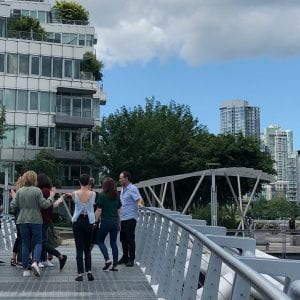 Sherri gave me an amazing experience this day, and I am so grateful for it. This really helped me clarify or replace my assumptions having to do with portrait photography, and showed me its even more amazing than I thought. This whole blog post is a big reflection on this day, and I’m happy it was an assignment because I most likely wouldn’t have had this experience without it. I loved this project and I wish I could thank Sherri 100 more times! Thank you Sherri!!!!!!
Sherri gave me an amazing experience this day, and I am so grateful for it. This really helped me clarify or replace my assumptions having to do with portrait photography, and showed me its even more amazing than I thought. This whole blog post is a big reflection on this day, and I’m happy it was an assignment because I most likely wouldn’t have had this experience without it. I loved this project and I wish I could thank Sherri 100 more times! Thank you Sherri!!!!!!



































